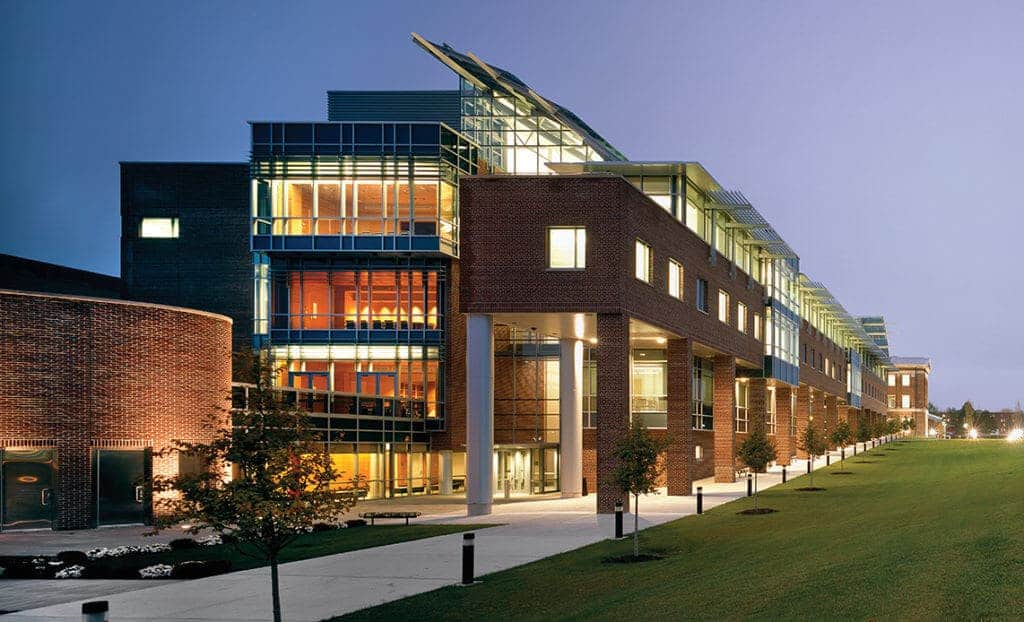Neal Schwartz
- 11 Mar, 2021
- 0 Comments
- 4 Mins Read
RECOGNIZING BUYERS FROM SELLERS IN YOUR COLLEGE SEARCH

How to build a balanced college list
When students start thinking about their college lists, a few key questions come to mind: Do I want a big campus or a small campus? Do I want a city or rural location? Do I have the test scores and GPA to get in? However, when it comes to students themselves constructing their lists, the financial factor is often overlooked in the “college fit” equation. This leads to good students getting into top schools because of their academics, but not qualifying for financial aid. With a sole focus on academic, social and geographical factors, students might find themselves stuck when admitted to an elite institution that they can’t afford.

Jeff Selingo, an author and expert on higher education, recently published a book called Who Gets In & Why: A Year Inside College Admissions, where he offers valuable insights and research on the selection process from diverse admissions offices. While conducting research for the book, Selingo developed a theory of college “buyers” and “sellers,” which will help students create a more balanced college list, allowing college dreams to be financially attainable. Though the research was done prior to the pandemic, the overall premise still holds.
While the social and academic aspects of a college might be easier to measure, what appears on that college bill can seem less predictable. That’s why Selingo analyzed which colleges are more likely to make both students and parents happy from all perspectives.
Selingo first coins the term “sellers” to define name-brand, popular and elite colleges. These can include big universities such as New York University or Ivy League schools such as Harvard. These schools benefit from having an extraordinarily high application rate, so in turn, they’re not likely to discount their tuition. Why do it when so many students are willing and able to pay the price of an “elite” education?
“Buyers,” however, are the institutions that are less recognizable and therefore have a heavy focus on recruitment to fill their seats and dorms. Because these schools are less well-known, they are more likely to offer tuition discounts and merit-based scholarships to students that don’t necessarily need it, as an attempt to lure them in.
A lot of students (and parents) might seem deterred from “buyers” because of their lack of reputation. In a community where brand name and alumni connections have a lot of power, choosing a college that no one’s ever heard of could seem detrimental. However, there is not necessarily a difference in academic education between buyers and sellers; that is the myth that needs to be debunked. In fact, many lesser-known colleges that give out hefty rewards can provide just as rich an education as the brand-name schools.
For example, both Colgate (a seller) and Rensselaer (a buyer) in upstate New York require the same ACT score of 32, even though Colgate only rewards 1% with merit-based discounts while Rensselaer rewards 25%. This shows that if applicants are willing to get over the brand name, they could end up with a both affordable and quality education.
Selingo offers not a formula, but guidelines on how he determined which schools were buyers and which were sellers. He analyzed the acceptance rate, enrollment rate, and percentage of aid given that was not need-based, in order to rank these colleges on the spectrum. He found that less than 10% of schools are sellers, which admit on average less than 30% of their applicant pools, whereas buyers admit more than 30%.

To get the full picture of whether a school is a buyer or seller, it’s also important to consider whether students are in-state or out-of-state, when certain institutions might “look like a buyer on the admissions front but a seller on the fianancial aid side.”
So how does this information help students build their college lists more efficiently? Selingo urges students to include a mixture of buyers and sellers on their lists, to increase the chances of acceptance to a college that will be the best academic, social and financial fit. Financial aid at sellers is largely based on financial need, and will therefore only be awarded to the lowest-income students. However, discounts or merit-based scholarships are more likely to be distributed by buyer schools.
If you’d like to try to figure out on your own which schools are buyers and sellers, Selingo suggests the following “rule of thumb”: “sellers admit less than 20% of applicants, while colleges as a whole admit two-thirds. When sellers make an offer, nearly 45% of students accept, compared with a quarter for buyers. And only 7% of the financial aid sellers give out to students is a merit-based discount, compared with nearly one-third of aid at buyers.”
For a more detailed run-down of the stats by college, you can download a limited list here or can buy the book and receive access to the expanded list.
For help building the most balanced college list, give us a call to schedule a free consultation today!
Best Regards,

Neal Schwartz, Owner
College Planning of Westchester
[email protected]
914-273-2353 (office)
914-500-5899 (mobile/text)
NOW IN OUR 19TH YEAR

NOW REGISTERING FOR OUR:
COLLEGE COUNSELING PROGRAM AND SAT/ACT TEST PREP PROGRAMS
NOW IS THE BEST TIME FOR TEST PREP AND COLLEGE APPLICATIONS
Register Today









